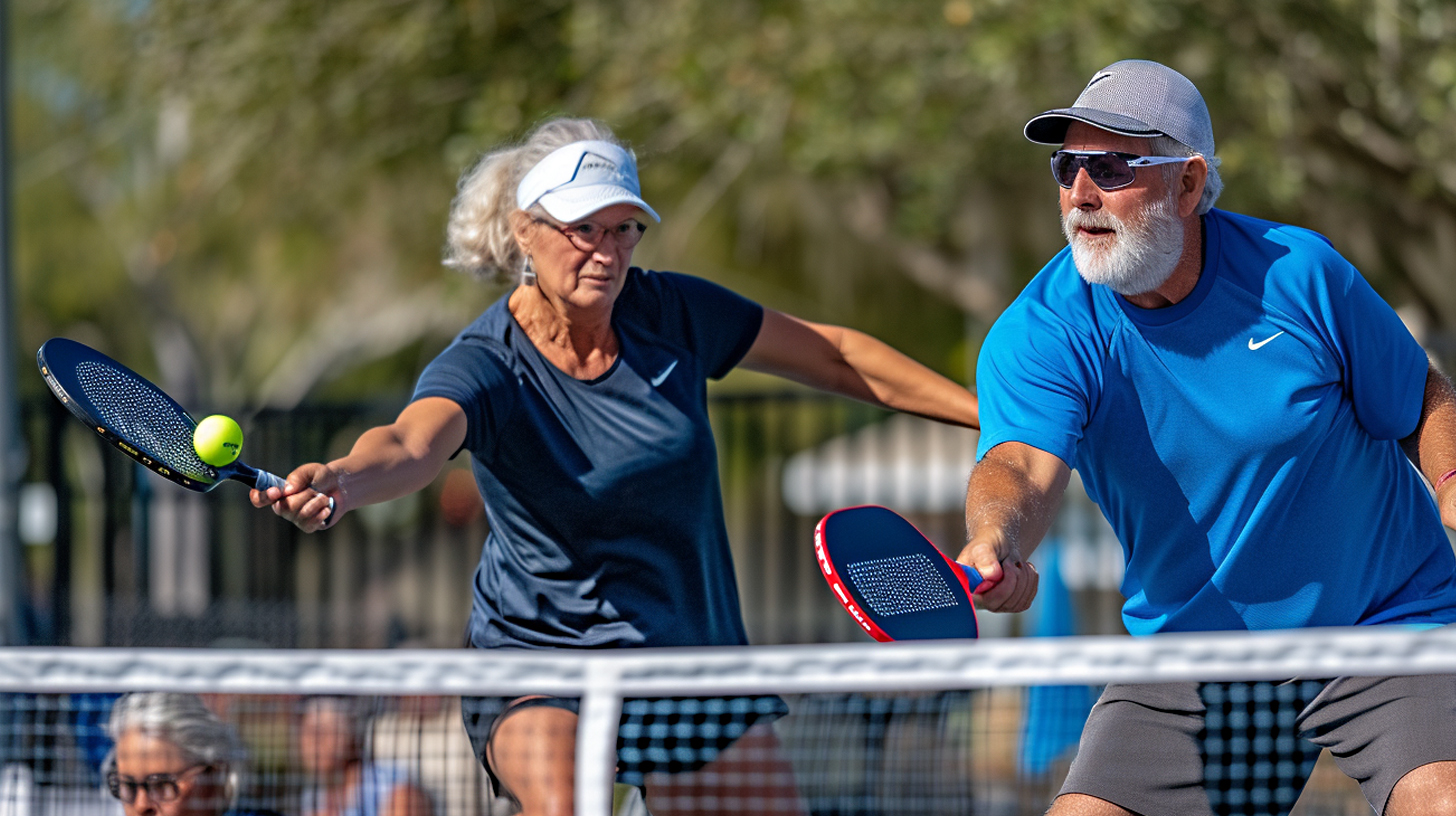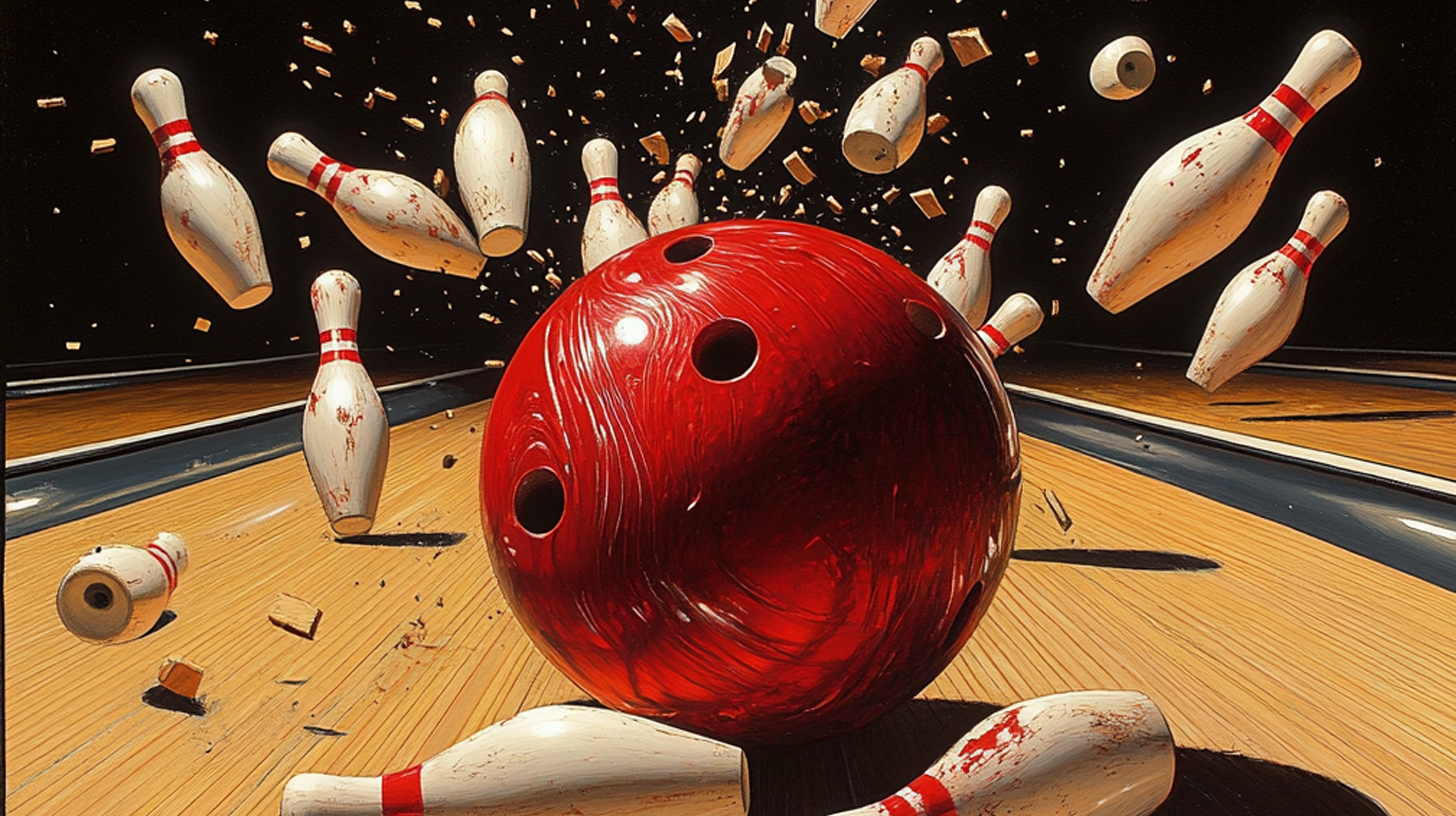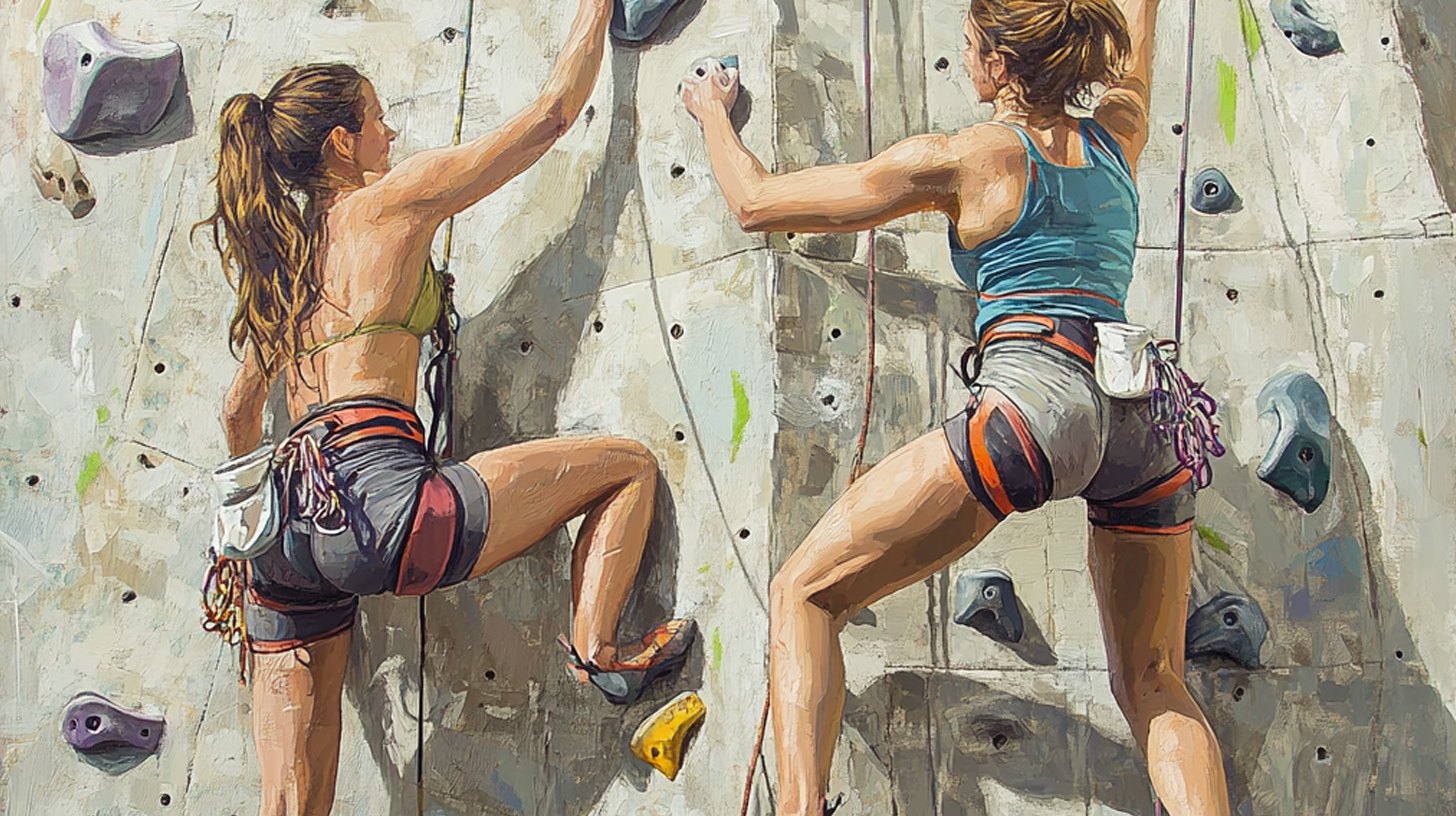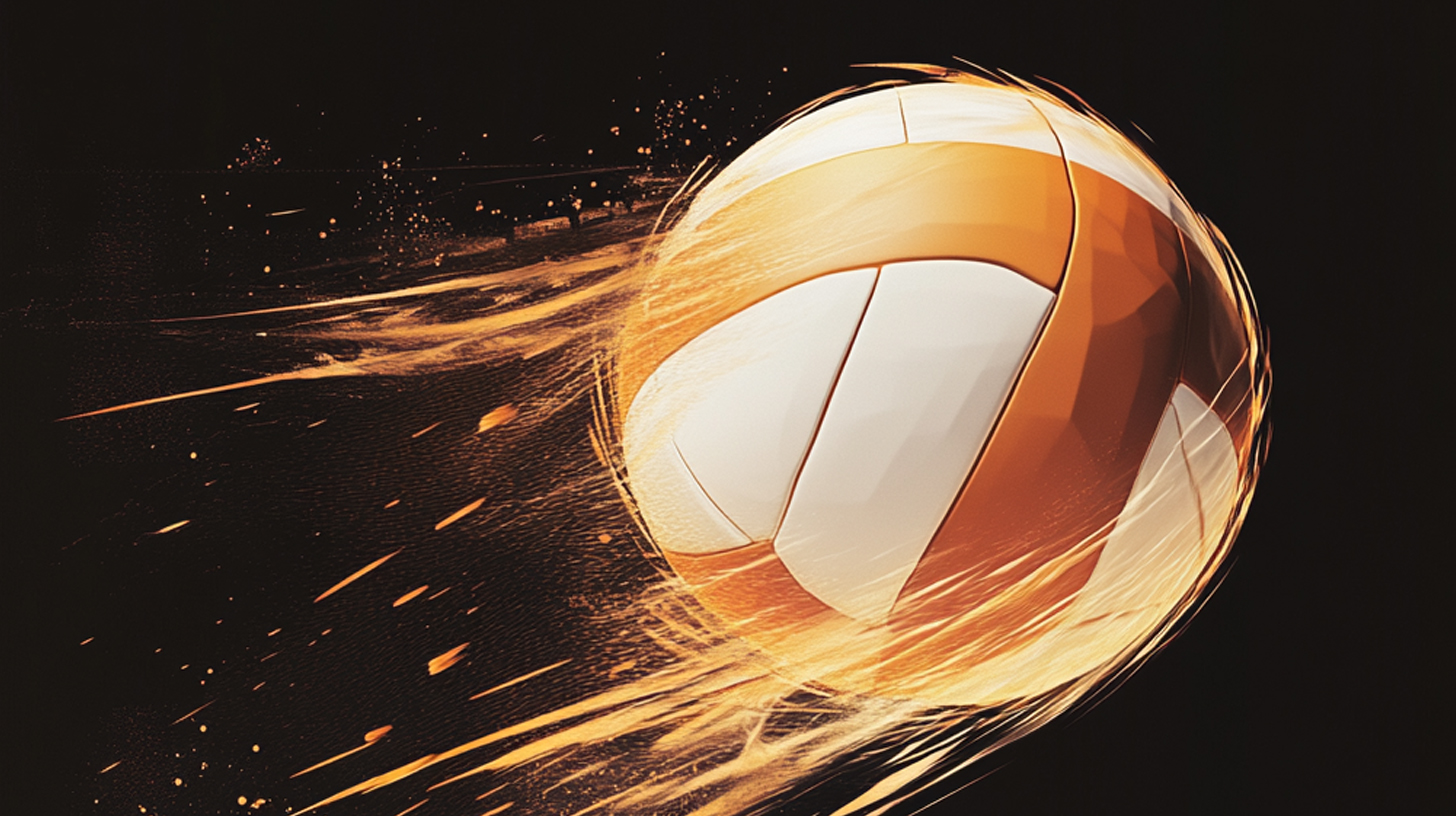Pickleball is a fast-growing paddle sport that combines elements of tennis, badminton, and table tennis. Played on a compact court, this engaging game is suitable for players of all ages and skill levels. The pickleball court is similar to a badminton court in size, featuring a low net in the center. Players use solid paddles to hit a perforated plastic ball back and forth over the net.
The basic rules of pickleball are straightforward. Games are typically played to 11 points, with players only scoring on their serve. The serving team continues to serve until they commit a fault, at which point the serve passes to the opposing team. One unique aspect of pickleball is the “non-volley zone” or “kitchen,” a 7-foot area on each side of the net where players cannot volley the ball.
Pickleball equipment is relatively simple and affordable. Players need a paddle, which can be made of wood, composite materials, or graphite, and a plastic ball with holes. Comfortable athletic shoes and breathable clothing are also recommended.
Scoring in pickleball can seem complex at first but becomes intuitive with practice. Only the serving team can score points, and games are typically played to 11 points, win by two. The score is called out as three numbers: the serving team’s score, the receiving team’s score, and the server number (1 or 2).
As this paddle sport continues to gain popularity, more courts are being built in parks, community centers, and private clubs, making it easier than ever to join in on the fun and fitness benefits of pickleball.
The History and Evolution of Pickleball
Pickleball, a unique blend of tennis, badminton, and table tennis, has an intriguing history that dates back to the mid-1960s. The sport was invented in 1965 by Joel Pritchard, Bill Bell, and Barney McCallum on Bainbridge Island, Washington. Initially conceived as a backyard game to entertain their families, pickleball quickly gained popularity among friends and neighbors.
The sport’s peculiar name is said to have originated from the Pritchards’ family dog, Pickles, who would chase after stray balls during play. However, some accounts suggest the name came from the term “pickle boat” in rowing, referring to a crew of leftover rowers.
Throughout the 1970s and 1980s, pickleball began to spread across the United States, with formal rules being established and the first tournament held in 1976. The United States Amateur Pickleball Association (now USA Pickleball) was formed in 1984, further legitimizing the sport and promoting its growth.
The 1990s and 2000s saw pickleball’s popularity surge, particularly among retirees and in community centers. The sport’s accessibility, low-impact nature, and social aspects contributed to its rapid expansion. In recent years, pickleball has experienced exponential growth, attracting players of all ages and skill levels.
Today, pickleball is recognized as one of the fastest-growing sports in America, with millions of players nationwide and an increasing international presence. The sport’s evolution from a backyard pastime to a competitive activity with professional tournaments demonstrates its enduring appeal and bright future.
Why Pickleball is Gaining Popularity Across Age Groups
Pickleball’s meteoric rise in popularity can be attributed to its broad appeal across various age groups. Initially popular among seniors due to its low-impact nature, the sport has now captured the attention of younger generations as well. This cross-generational appeal stems from several factors that make pickleball uniquely accessible and enjoyable.
For seniors, pickleball offers a way to stay active without putting excessive strain on joints. The smaller court size and slower pace compared to tennis make it an ideal senior-friendly sport. However, the game’s strategic elements and quick reflexes required ensure it remains challenging and engaging.
Younger players, including millennials and Gen Z, are increasingly drawn to pickleball for its social aspects. The sport fosters a strong sense of community, with doubles play encouraging interaction and friendly competition. Many youth pickleball leagues and tournaments are springing up, further solidifying its place among younger demographics.
The health benefits of pickleball are another significant factor in its growing popularity. Regular play can improve cardiovascular fitness, balance, and hand-eye coordination. Moreover, the sport’s social nature contributes to mental well-being, making it a holistic activity for physical and emotional health.
As pickleball continues to evolve, its diverse player base ensures a bright future for this inclusive and adaptable sport. From community centers to dedicated pickleball facilities, the infrastructure supporting the game is expanding, reflecting its widespread appeal across all age groups.
Pickleball vs. Other Racquet Sports: What Sets It Apart?
Pickleball has gained immense popularity in recent years, but how does it compare to other racquet sports? While sharing some similarities with tennis and badminton, pickleball offers unique features that set it apart.
Unlike tennis, pickleball is played on a smaller court, making it more accessible for players of all ages and fitness levels. The smaller playing area also leads to faster-paced games and more frequent volleys. Additionally, pickleball uses a solid paddle instead of a strung racquet, which alters the dynamics of ball control and shot placement.
When compared to badminton, pickleball’s solid ball and lower net height create a different playing experience. The pickleball doesn’t float like a shuttlecock, requiring players to adapt their timing and shot selection. The serve in pickleball is also distinctive, being an underhand stroke rather than the overhead serve used in both tennis and badminton.
One of pickleball’s main advantages is its ease of learning. The rules are simpler than those of tennis, and the equipment is more affordable. This accessibility has contributed to its rapid growth as a social sport, particularly among older adults and families.
The unique aspects of pickleball, such as the “kitchen” (non-volley zone) and the double-bounce rule, add strategic elements not found in other racquet sports. These rules encourage a mix of soft and power shots, creating an engaging and dynamic game for players of all skill levels.
The Economic Impact of Pickleball’s Popularity
The rapid rise of pickleball has led to significant economic impacts across various sectors. The pickleball industry growth has been remarkable, with equipment sales skyrocketing as more players enter the sport. Major sporting goods manufacturers have expanded their product lines to include pickleball paddles, balls, and accessories, contributing to a booming market.
Pickleball facilities are sprouting up nationwide, driving local economic development. Communities are investing in converting existing courts or building dedicated pickleball complexes, creating jobs in construction and facility management. These venues also attract visitors, boosting local businesses such as restaurants and hotels.
The surge in pickleball tournaments has become a notable contributor to sport economics. These events draw participants and spectators from various regions, stimulating tourism and hospitality industries. Additionally, sponsorship opportunities have increased, with companies recognizing the marketing potential in this growing sport.
The economic ripple effect extends to related industries, including sportswear, sports medicine, and coaching services. As pickleball continues to gain popularity, its economic impact is likely to expand further, solidifying its position as a significant player in the sports industry landscape.
How to Get Started with Pickleball: Tips for Beginners
Getting started with pickleball is an exciting journey that combines elements of tennis, badminton, and table tennis. To begin your pickleball adventure, consider taking pickleball lessons from a certified instructor. These lessons will help you grasp the fundamental techniques and rules of the game. Many local community centers and sports clubs offer beginner-friendly classes.
Joining pickleball clubs is another excellent way to immerse yourself in the sport. These clubs provide a supportive environment where you can practice, meet fellow enthusiasts, and participate in friendly matches. As you progress, focus on mastering essential pickleball techniques such as the dink shot, serve, and volley.
For beginners, investing in the right pickleball gear is crucial. Start with a quality paddle that suits your playing style and a few regulation pickleball balls. Comfortable athletic shoes with good lateral support are also essential for quick movements on the court.
Learning pickleball takes time and practice, so be patient with yourself. Watch online tutorials, attend open play sessions, and don’t hesitate to ask experienced players for tips. With dedication and consistent practice, you’ll soon find yourself enjoying this fast-paced and social sport.
The Future of Pickleball: Trends and Predictions
As pickleball continues to gain momentum, several trends are shaping its future trajectory. Professional pickleball is experiencing rapid growth, with more tournaments, higher prize money, and increased media coverage. This trend is likely to accelerate, potentially leading to a professional league structure similar to tennis or basketball.
Educational institutions are also embracing pickleball, with many schools incorporating it into their physical education curricula. This grassroots approach is introducing the sport to younger generations, ensuring a steady influx of new players and fans.
Technological advancements are revolutionizing pickleball equipment and gameplay. Smart paddles with sensors, AI-powered training apps, and advanced court surfaces are emerging, enhancing player performance and the overall experience.
Global pickleball expansion is another significant trend, with the sport gaining popularity beyond its North American roots. Countries in Europe, Asia, and South America are seeing a surge in pickleball participation, suggesting a bright future for international competitions.
Sport forecasts predict that pickleball will continue its upward trajectory, potentially becoming one of the fastest-growing sports worldwide. As it evolves, we may see new variations of the game, specialized training programs, and increased investment in pickleball infrastructure, solidifying its place in the global sports landscape.





